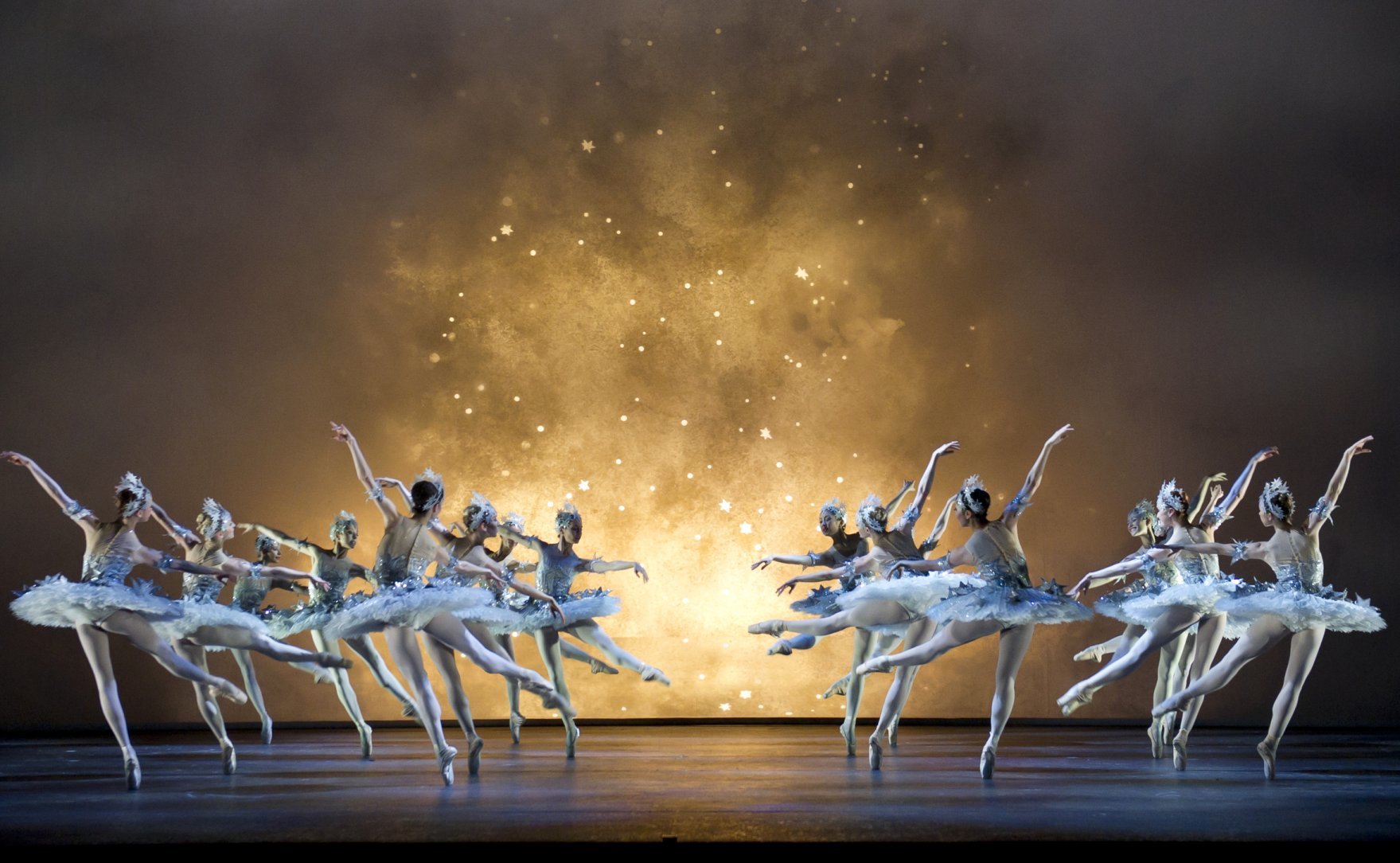
Photo: Bill Cooper
Talking comfortably about legacies
Many arts organisations feel awkward asking their supporters to leave a gift in their will. Rob Cope offers guidance on how to tap into this long-term income stream.
Amid widespread funding cuts, gifts in wills have become increasingly important to fundraising organisations, particularly those in the arts and cultural sector. While legacy donations can be transformational, too often they are left to chance, without a proactive legacy fundraising programme in place.
The changing face of legacy fundraising
Legacies raise around £2.5bn (according to Legacy Foresight) for a multitude of causes in England, Scotland and Wales. What was once seen as an income stream that principally belonged to large and traditional charities of the Victorian era, legacies have now become a core part of many arts organisations’ income generation strategy.
Far from being a topic that links to one’s death, legacies are an opportunity for supporters to think about living on
Research from the legacy data analysis firm, Smee and Ford, shows that more than 3,900 legacy donations were directed to the arts in 2015. During the same year, 500 arts organisations were named as will beneficiaries for the first time. And the appetite for legacy giving continues to grow, with 37,000 estates in England and Wales including a charitable donation in 2015, up from 31,000 five years ago.
Legacy fundraising is no quick win – it’s a long-term fundraising strategy and inevitably it will have peaks and troughs. But for arts organisations, whose focus is so often about preserving places, objects, culture and inspiring future generations, it can be an ideal fit and an important part of the fundraising mix.
Legacies and the arts
Arts organisations are increasingly now investing in specialist legacy roles, including The Tate, the Royal Albert Hall and the Science Museums Group.
Susan Hughes, former Legacy and Appeals Manager at the Science Museums Group, said: “With more and more funding cuts, the pressure is on museums and other cultural organisations to secure their future and invest in new funding models and we have seen a real shift to legacies.”
Gifts in wills are nothing new, but until recently many arts organisations were relatively passive in their approach, reticent to raise the topic with supporters for fear of causing offence. For others, they were concerned that legacy donations were not for them and only relevant for the biggest organisations or charity brands.
Birmingham Royal Ballet received ad hoc legacy donations historically, but first started actively legacy fundraising ten years ago and now has a successful programme in place. Geoff Sweeney, its Development Director, commented: “We have moved from a place where the organisation didn’t really feel comfortable talking about legacies to a place where everyone is much more confident and engaged in the importance of legacy promotion. For our supporters, it is a natural extension of their relationship with us and they have been happy to engage in legacy conversations.”
The ballet company delivers an active legacy fundraising campaign, communicating with supporters about why legacies are so important. It hosts a ‘legacy giving circle’, providing opportunities for interested and engaged supporters to meet directors, the creative team and dancers, to find out more about the company’s progress and what is being done with legacy donations. Sweeney added: “This is where we communicate that they will be remembered, they will have an impact and we celebrate that impact.”
Succeeding with legacies
As is often the case with any major marketing activity, a strong legacy programme needs the backing and engagement of everyone within the organisation, particularly those at the top. You need to communicate how important legacies are and what they could enable the organisation to achieve, both internally and externally. Provide training and guidance for colleagues and any volunteers about having legacy conversations, giving them confidence to broach the subject.
Far from being a topic that links to one’s death, legacies are an opportunity for supporters to think about living on – how a gift can support the things they care about well into the future. In the arts, where posterity is so important, this messaging can be particularly effective. Implement a clear legacy strategy that centres on encouraging supporters to think about what a difference their gift will make to future generations.
By their very nature, it can be hard to predict when and how much will be raised in legacy gifts, but if you include information about legacies regularly in your communication with supporters, visitors, volunteers and other stakeholders, the message is more likely to cut through. This messaging doesn’t have to be a request for funds. Celebrating past and present gifts in wills can be equally powerful.
Don’t be afraid of communicating what types of legacies are most useful and how helpful it can be to encourage potential legators to discuss their intentions with the organisation. Some museums and galleries have reported legacy gifts of items they do not have the means or conditions to maintain. It is in the interest of both supporters and beneficiaries to ensure that any gifts (financial or otherwise) can be used as intended.
Huge potential for growth
Above all, remember that anyone can leave a legacy, no matter how large or small. Currently around 6% of people leave a gift of this kind in their will, but more than a third say they would be happy to do so. There remains huge potential for growth and there is every reason that we will continue to see a significant increase in arts organisations benefiting from gifts in wills.
Rob Cope is Director of Remember a Charity.
www.rememberacharity.org.uk
Tw: @robantonycope
Join the Discussion
You must be logged in to post a comment.